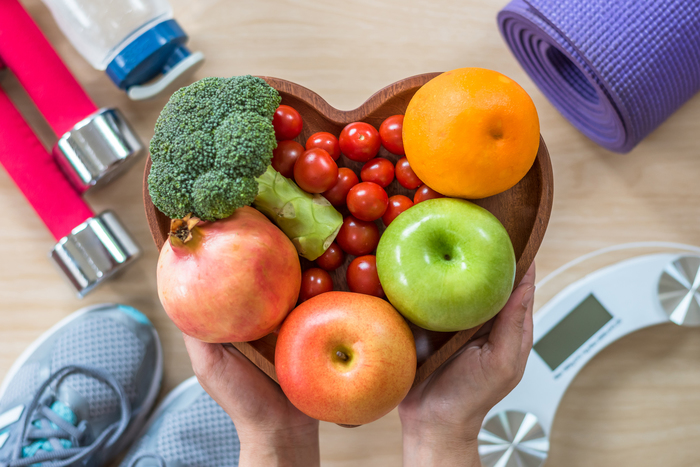
While we associate breast cancer with pink and ribbons, it is far from pretty. It’s more like a Haunted House. Some of my friends and family members have been unexpectedly shoved all the way into the darkest Haunted House you can imagine. And even with support, the hallways and rooms are very lonely, grim and scary. It’s a nightmare that’s incredibly emotional and physically taxing on the body and mind. With having the knowledge that I was BRCA2+ carrying a risk of 60-80% chance of ovarian, breast, melanoma and pancreatic cancer I only had to stand in the foyer of that Haunted House and was given the chance to not go any further. My situation was not if but when. Once I was diagnosed with Melanoma, I then made the decision to be have prophylactic surgeries: a full hysterectomy, bilateral mastectomy and DIEP Flap breast reconstruction (with multiple revisions). In all, I’ve had 8 surgeries in the past 24 months with the last one being 4 weeks ago. It has not been an easy journey. I have experienced setbacks, but I have absolutely no regrets. I have an amazing medical team who has taken me apart and put me back together again! I also could not have done this without my incredible support team who has helped me through the good, bad and ugly. I ultimately knew it was all worth it when I heard my breast surgeon say “you now only have a 2-5% risk of breast and ovarian cancer.” I had the chance at prophylactic surgeries, but many are not given that choice. I tell everyone these personal details not to get sympathy or accolades, but to urge you to get tested for BRCA and other heredity cancers if there is a history of cancer in your family. For reliable testing, visit a genetic counselor or order an at-home test at Color.com. It’s a simple saliva test that could prevent you from having to unwillingly navigate the gruesome halls of a Haunted House far far away from the world of pink ribbons. My dad was my carrier and he gave me this amazing knowledge before he passed away and now I am making it my mission to encourage others to get tested and to take charge. Fight cancer before it fights you! Be vigilant! There are many resources and options out there to help you find the best path for you.
-J. Gibbons
Will My Insurance Company Pay for a Mastectomy to Reduce My Risk of Breast Cancer?









